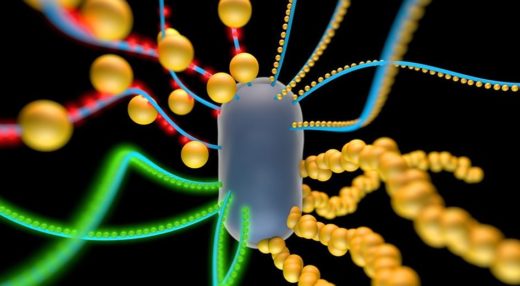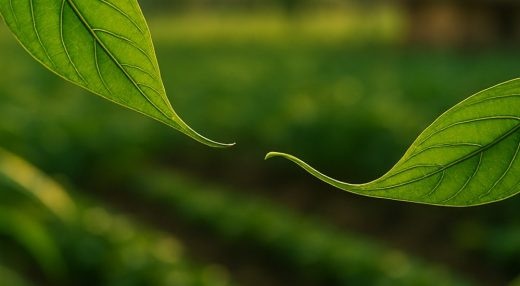Can Plants Talk to Each Other and Remember Things?

© Geekswipe. All Rights Reserved.
Plants around you seem silent, still, and seemingly simple. No brains. No eyes or ears. But yeah, they can communicate and even remember things, besides being able to mine metals.
Plants talk
Let’s start from the surface. The leaf!
Say a caterpillar is munching on a sagebrush leaf. The plant doesn’t just suffer in silence. The poor sagebrush (and many other species) emit volatile organic compounds (VOCs), airborne chemicals that gently move to neighbouring plants. These neighbouring plants then detect the VOCs and trigger their defensive genes, making them less tasty to caterpillars and other herbivores.
In a way, a communication, a warning, happens. The language? Chemical! This is called chemical eavesdropping. It’s not ‘language’ as we know it, but it’s still information transfer.
And it gets wilder! Literally.
Wood Wide Web
Let’s get underground. To the roots!
Plants trade nutrients like sugar with fungi that can reach deep into their root systems in exchange for essential nutrients from the soil. Recent experiments have shown that these fungi form a deep underworld network between neighbouring plants and trees, enabling carbon, water, nitrogen, and nutrient exchanges, much like our internet.
Dubbed the ‘World Wood Web,’ this Mycorrhizal network (made of fungal filaments called hyphae that branch out to the tree roots) is a biological network (also called mycelium) that connects hundreds of trees, sharing nutrients, sending distress signals, and even manipulating competitors by engaging in a full-blown biological warfare, like in the case of Duroria Hirsuta.
Plants remember
Oh, do you remember the touch-me-not plant? The one that curls its leaves once you touch it. Try dropping it repeatedly without harming it. After a few drops, the plant should stop reacting, as in, it should stop folding its leaves. As if it had ‘learned’ that the stimulus of the fall wasn’t dangerous. Like it has become habituated to the stimulus. And days later, if there is still no reaction, there is your proof that memory persists in that plant.
This is due to the way plants alter themselves at a molecular level, permanently or in a long-term way, to ‘remember’ and distinguish certain stimuli that aren’t life-threatening.Check out even more research with Mimosa Pudica.
So yeah, plants aren’t passive. They’re complex beings in a complex biological network, and they do talk and remember in their own way. Whether plants have consciousness or not? Can your vegan friend eat a plant? That’s a story for another day.










